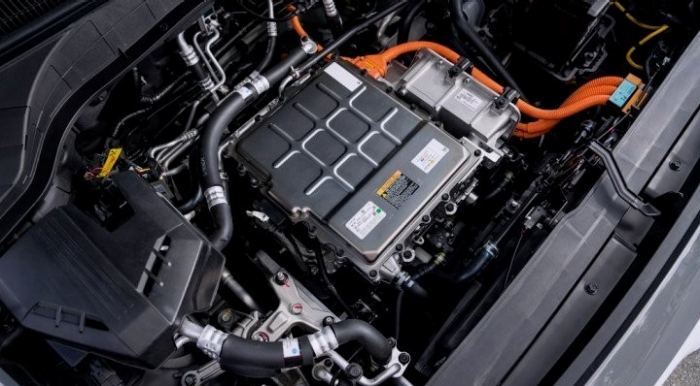Researchers at Concordia’s Gina Cody School of Engineering and Computer Science have developed a highly efficient electric motor that could pave the way for more efficient, compact, and cost-effective electric vehicles.
The team led by Pragasen Pillay from the Department of Electrical and Computer Engineering focused on the design of a permanent magnet synchronous motor (PMSM), a popular choice for electric vehicles, with a specific emphasis on the stator and rotor components.
The stator, the stationary part of the motor that generates a rotating magnetic field, and the rotor, the rotating part that uses magnets to develop mechanical torque, are crucial elements in any electric motor. The research paper compares seven different motor designs, analyzing various slot and pole combinations. Slots are the openings in the stator core where the windings are placed, while poles refer to the number of magnetic poles in the rotor. They found that the 12-slot/10-pole configuration was the best candidate for a particular high-speed traction motor of a particular rating needed in an electric car. Other design specifications and constraints could result in different configurations.
The study introduces the use of soft magnetic composite (SMC) materials, which are made of iron powder particles coated with an insulating layer. Using these materials allows for more flexible and compact motor designs. The research highlights the benefits of these materials, which can improve the amount of torque produced per unit volume of the motor. Ultimately, it helps a smaller motor deliver more torque.
Another key finding of the study is that the increased copper fill factor in the stator generally leads to better electrical performance and reduced copper losses. Copper fill factor is the percentage of available space within the stator slots occupied by copper winding conductors.
Their new design was compared to the design in the Toyota Prius and Honda Accord, revealing that the new design is competitive with the original Honda Accord motor for the same magnet mass. However, this is based on theoretical calculations only and to prove this, it would be necessary to build and test the machine.
The researchers also focused on reducing torque ripple, the variation in output torque produced by the motor as it rotates, and cogging torque, an undesirable torque variation in permanent magnet motors. The novel rotor design in their study significantly reduced both torque ripple and cogging torque, resulting in smoother motor operation and reduced mechanical stress on components.
This innovative research sets the stage for a new era of electric motors with higher performance, efficiency, and cost-effectiveness, further enhancing the viability of electric vehicles as a sustainable transportation solution.
Read “Design of a Spoke Type PMSM With SMC Stator Core for Traction Applications” in IEEE Transactions on Industry Applications.

